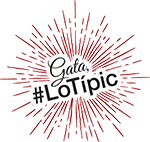To measure Gata’s pulse, you have to immerse yourself fully in the streets of the urban area and observe carefully. The beats are stronger and more intense as one approaches the Plaza de la Iglesia, the heart of Gata not only from an urban point of view, but also from a social, historical and cultural point of view.

The Plaza de la Iglesia is known in Gata as the “Plaça Vella” (Old square), baptized like this by the residents of the town to distinguish it from the new square, “Nova”, created more recently. It is an old square, yes, but the passage of time has left traces of different historical periods in it until reaching the present. Hence its immense appeal.
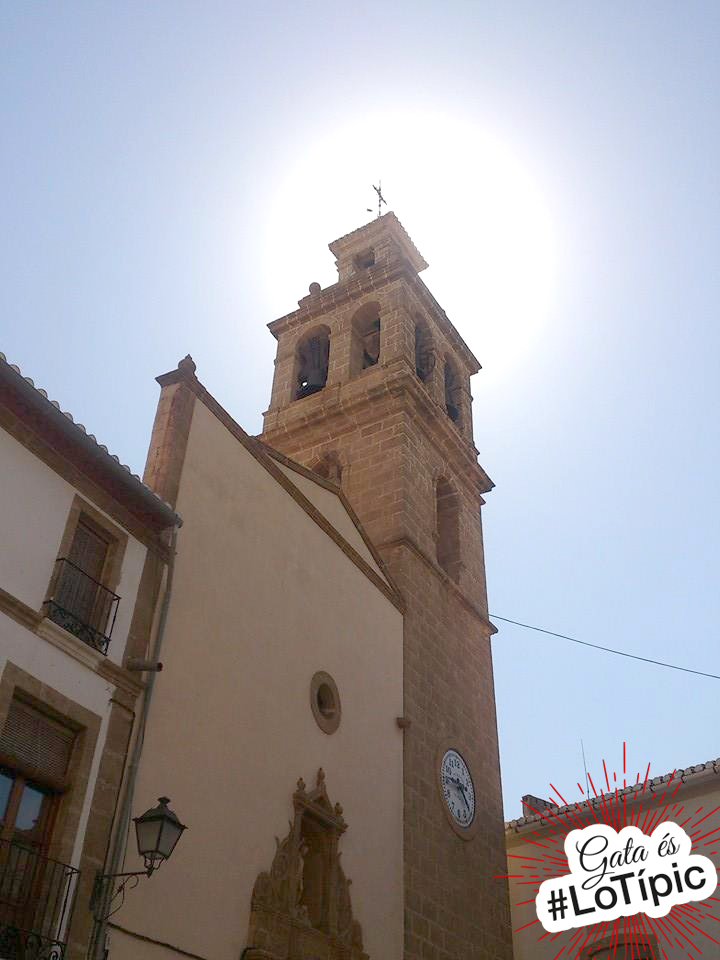
The Church of San Miguel, of course, presides over the square. It is a Baroque temple, built between 1660 and 1680, which consists of a central nave and two side naves, a transept, eight chapels and a Communion chapel. The facade, sober and striking, is oriented to the square. In it, the portico and a bell tower stand out, which managed to show off its final finish in 1963.
Next to the church is the Abbey house, where the local priest resides, built in 1886. On the other side of the square, at what are now numbers 20, 21, 22 and 23, the palace of the Duchess of Almodovar. This building, which contains interesting stories about the life of the duchess, was renovated during the s. XVIII and was given an appearance similar to the current one.
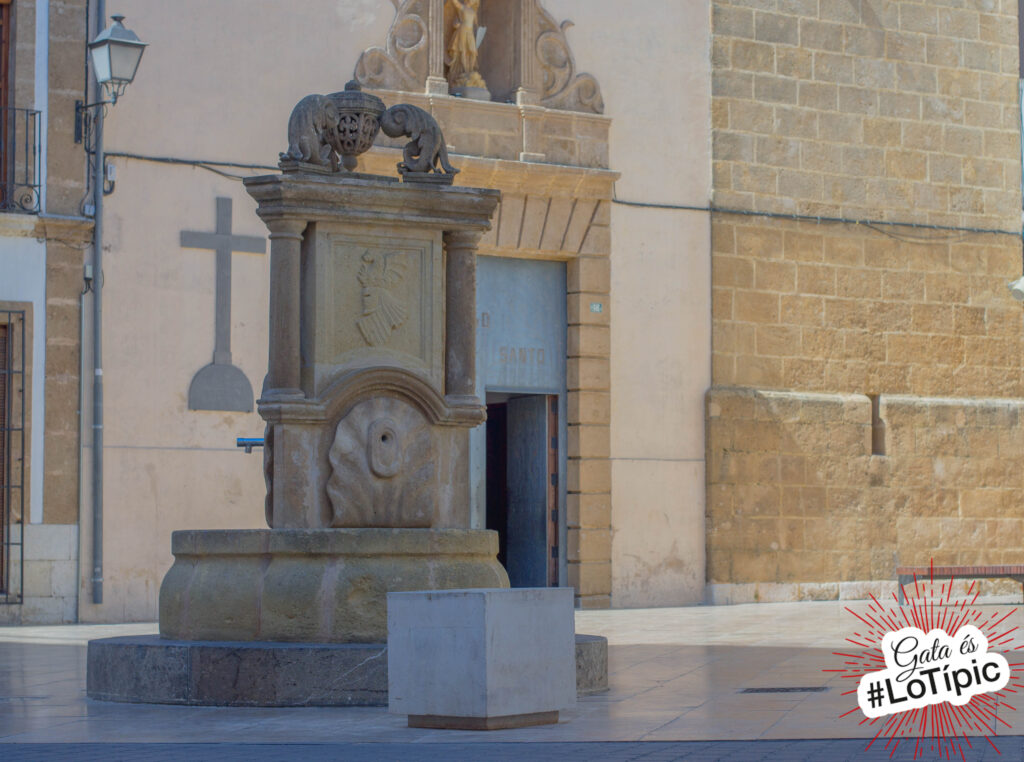
And, almost marking the most central point of Gata, is the tosca stone fountain, the work of the sculptor from Jávea Vicent Bisquert Riera. The fountain was inaugurated in 1944. Since then it has served as a meeting and reference place, and has quenched the thirst of passers-by for many years.
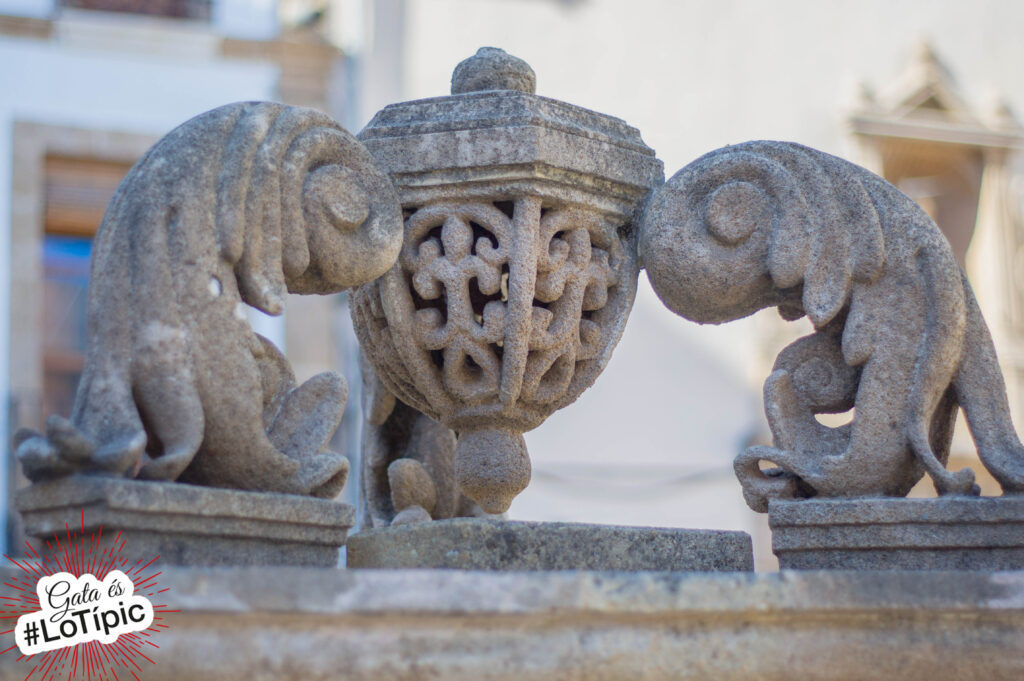
The shops, bars and restaurants, the comings and goings of people, Art al Vent… help to know what life is like in Gata today. But the uniqueness of the daily movement in the square lies more in the environment in which it occurs. And it is that in the place there are buildings and monuments of great historical value that attend as stone guests the daily bustle of their neighbors.
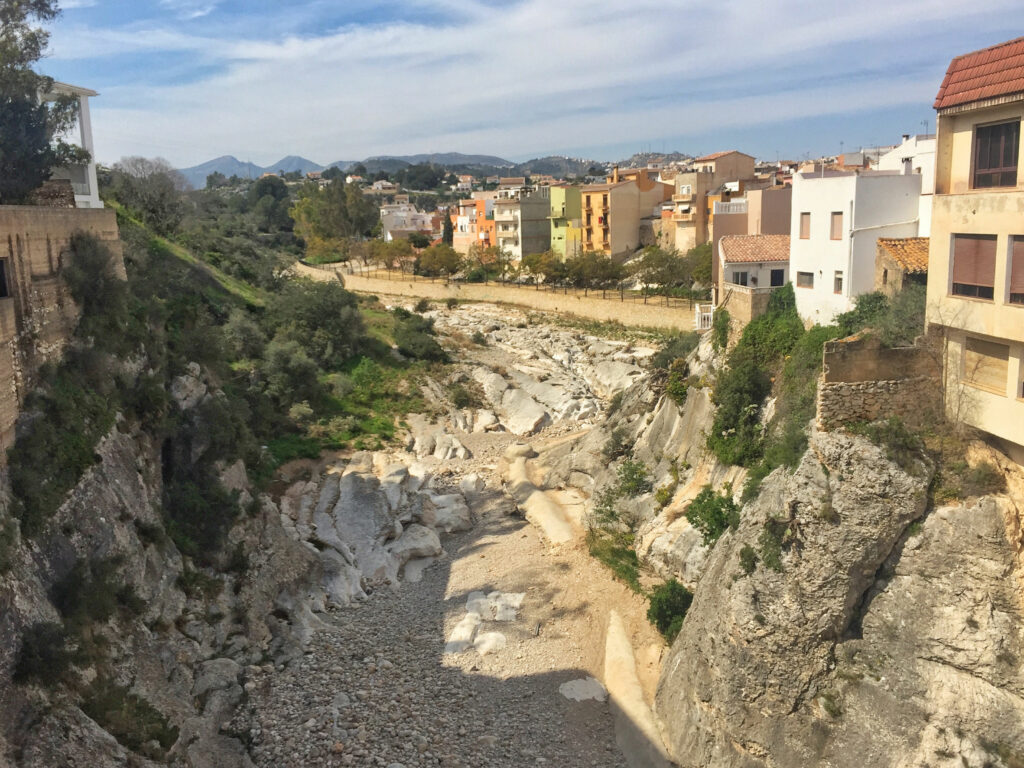
Gorgo’s River
In contrast to the historical nature of these buildings, the center, despite not having large dimensions, accommodates an important part of the local economic fabric. So, in addition to visiting the monuments, to get a real idea of what the people of Gata are like and how they live their day-to-day lives, you have to go to the Óptica Signes, the Ana Moda or Ca Bernat children’s and adult clothing stores. or to the Font Stationery for books and newspapers. At PC Inforcom you will find all the technology and at Rubí jewelry, a whole range of precious jewels. An essential stop is a bar in the town for a good lunch. Sure, sure, you’ll come back.
